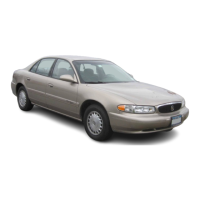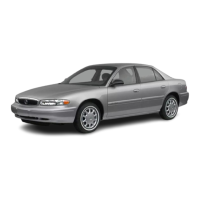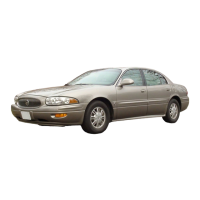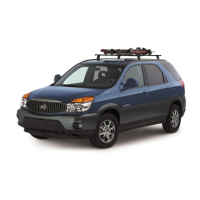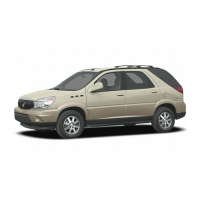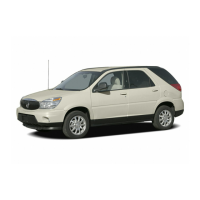A
If you’re using a weight-carrying or a weight-distributing
hitch, the trailer tongue weight
(A)
should be
10
percent
to
15 percent of the total loaded trailer weight
(B).
Do not exceed the maximum allowable tongue weight
for your vehicle.
Atter you’ve ioaaea your
iraiier,
weiyil
iile
iraiier
dhci
then the tongue, separately, to see
if
the weights
are proper.
If
they aren’t, you may be able to get them
right simply by moving some items around in the
trailer.
Total Weight
on
Your Vehicle’s Tires
Be sure your vehicle’s tires are inflated to the upper limit
for cold tires. You’ll find these numbers on the
Certificationflire Label at the rear edge
of
the driver’s
door, or see
Loading
Your
Vehicle
on page
4-34.
Then be sure you don’t go over the
GVW
limit for your
vehicle, including the weight of the trailer tongue.
Hitches
It’s important to have the correct hitch equipment.
Crosswinds, large trucks going by and rough roads are
a few reasons why you’ll need the right hitch. Here
are some rules to follow:
e
e
If
you’!!
be
pu!!ing
a
trailer
that,
when loaded, will
weigh more than
2,000
Ibs.
(900
kg), be sure to
use a properly mounted, weight-carrying hitch and
sway control of the proper size. This equipment
is very important for proper vehicle loading
and good handling when you’re driving.
Will you have to make any holes in the body of
your vehicle when you install a trailer hitch?
If
you do, then be sure to seal the holes later when
you remove the hitch.
If
you don’t seal them,
deadly carbon monoxide
(CO)
from your exhaust
can get into your vehicle. See
Engine Exhaust
nn
‘Jll
puyL,
nQna
L
9-31.
Eifl
2nd
L!’JZter
can,
4-39

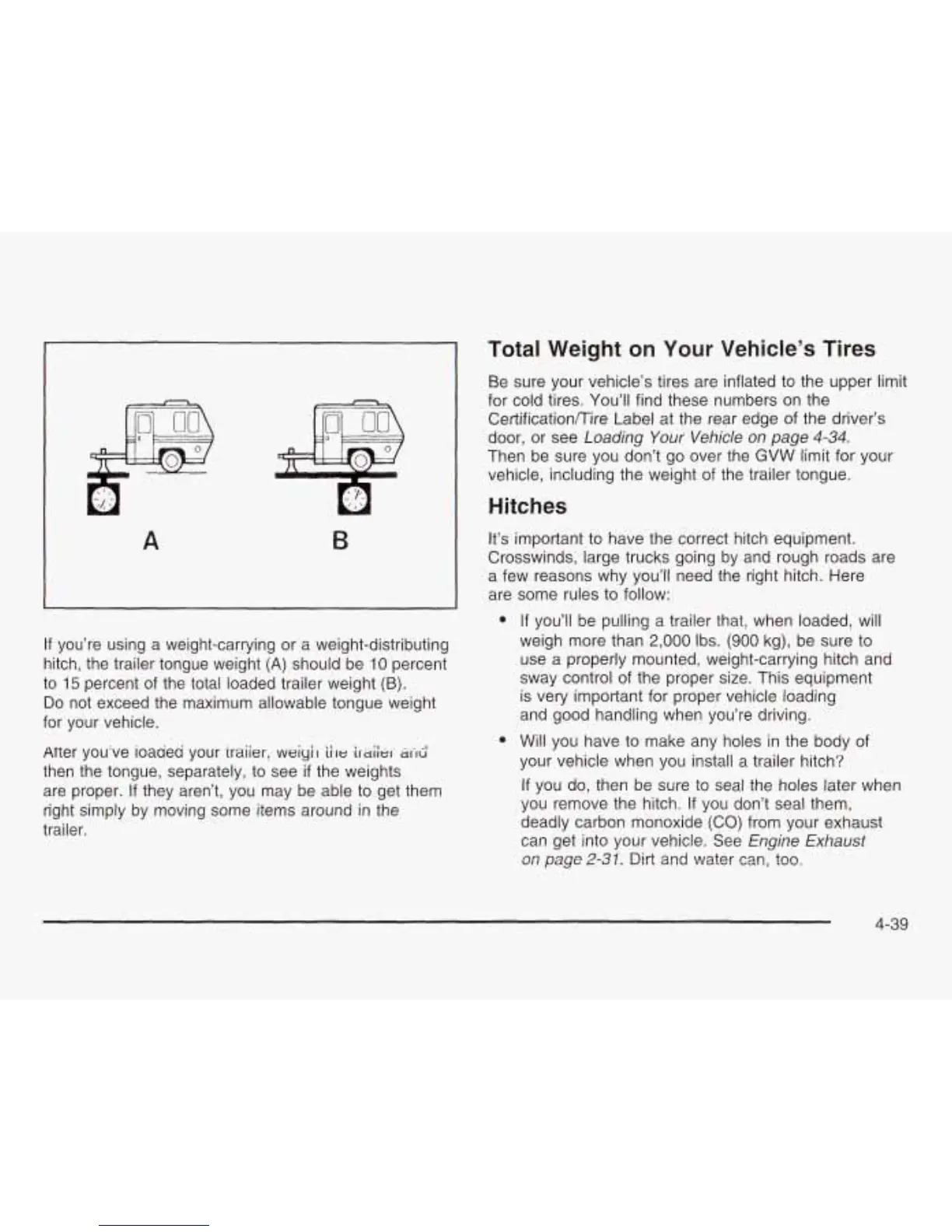